Global Health Informatics and Visualization
Yu Cheng Hsu, PhD
Learning Objectives
- Understand the principles of global health informatics
- Explore applications in healthcare
- Identify challenges in implementation
- Recognize key data sources for global health
- Learn effective data presentation and visualization techniques
What is Global Health Informatics?
- Health Informatics: An interdisciplinary field combining health sciences, information technology, and data analytics to improve health equity worldwide (“National Information Center on Health Services Research; Health Care Technology (NICHSR) - Hsric.nlm.nih.gov”).
- Global Health: The development, adoption, and application of an area for study, research, and practice that places a priority on improving health and achieving equity in health for all people worldwide (Koplan et al. 2009).
Applications of Global Health Informatics
- Disease Surveillance:
- Communicable disease monitoring
- Prediction
- Enhancing access and equity in healthcare delivery:
- eHR
- mHealth
- Telemedicine
- Policy advocacy and evaluation
Enhancing access and equity in healthcare delivery
- Enhancing healthcare access for LMICs and rural populations
- Health education
- Personalized monitoring
Enhancing access and equity in healthcare delivery
- Non-Prep HIV prevention in Kenya (Mwaisaka et al. 2021): Improving on
- Enhanced knowledge
- Self-efficacy
- Behavioral intention
- Youth mental health in India (Gonsalves et al. 2019):
- Gamification
Disease surveillance
- Enhancing information transparency
- Evidence foundation
- Monitoring disease transmission
- AI prediction of future trends
Before we go through example
- Have you tried visiting surveillance tools?
- What kind of information do you usually look for?
- How will you use these data?
Disease surveillance
- Dashboard for COVID-19 (Everts 2020):
- Intervention
- Surveillance
- Arguments:
- Nationalism
- Neglecting social determinants of health
- Dashboard for HIV in Kenya (Gesicho and Babic 2022):
- Leveraging DHIS2 system (WHO system) for integrating reporting and surveillance
Decision support and policy
Challenges in Global Health Informatics
Challenges in global health informatics
- Leavitt’s diamond framework (Wigand 2007)
Getting Global Data
Role of the data in the global health context
- Detect disease outbreaks
- Monitor health trends
- Improve service coverage
- Track risk factors
- Guide evidence-based actions
- Inform and evaluate public health policies
Fantastic data and where to find them
Measuring dimensions
- Health economics
- Mortality and life expectancy
- Global issues
- Social determinants of health
- Child and women’s health
- Infectious disease
Global Burden of Disease (GBD)
- GBD dataset focuses on health loss across:
- Diseases
- Places
- Time
- Additional items:
- Demographic
- Fertility
- Life expectancy
- Socio-Demographic Index
- DALY/HLY
Global Health Expenditure Database (GHED)
- Tracking and analyzing health spending trends
- Assessing health expenditure by different levels:
- Sources (e.g., government, households, donors)
- Financing mechanisms (compulsory vs. voluntary)
- Country-wise comparison
Global Health Observatory (GHO)
Global Health Observatory is the data hub from WHO aggregating all the data under the WHO umbrella
Multiple Income Cluster Survey (MICS)
MICS is a survey under UNICEF focusing on women and children in LMIC:
- Child health
- Child development
- Literacy
- Protection
- HIV
- Well-being
Challenges in global health data
Discussion
- Is WHO data reliable?
- Will there be any potential bias in global data?
How does WHO get the data
- Survey
- Liaise with local government officials
Implication on global health data quality
Integrating data worldwide
Collecting and maintaining data worldwide is challenging Resources:
- Standard coding (ICD-9/ICD-10/ICD-11/DSM-V)
- Deidentification
Cultural context and bias in the data
Items with strong cultural stigma or illegal behavior are usually underreported or missing
- Drug overuse
- AIDS
- Mental health
Presenting Health Data
Principle of visualizing data
Principle of visualizing data
Mackinlay’s Ranking
Motivations
Pre-attentive features
Mackinlay’s Ranking
Example
Example
Example
Example
Example
Bibliography
Everts, Jonathan. 2020. “The Dashboard Pandemic.” Dialogues in Human Geography 10 (2): 260–64. https://doi.org/10.1177/2043820620935355.
Gesicho, Milka, and Ankica Babic. 2022. “Designing a Dashboard for HIV-Data Reporting Performance by Facilities: Case Study of Kenya.” In Advances in Informatics, Management and Technology in Healthcare, 238–41. IOS Press.
Gonsalves, Pattie P, Eleanor S Hodgson, Avinash Kumar, Tiara Aurora, Yash Chandak, Rhea Sharma, Daniel Michelson, and Vikram Patel. 2019. “Design and Development of the ‘POD Adventures’ Smartphone Game: A Blended Problem-Solving Intervention for Adolescent Mental Health in India.” Frontiers in Public Health 7: 238.
Koplan, Jeffrey P, T Christopher Bond, Michael H Merson, K Srinath Reddy, Mario Henry Rodriguez, Nelson K Sewankambo, and Judith N Wasserheit. 2009. “Towards a Common Definition of Global Health.” The Lancet 373 (9679): 1993–95.
Mwaisaka, Jefferson, Lianne Gonsalves, Mary Thiongo, Michael Waithaka, Hellen Sidha, Otieno Alfred, Carol Mukiira, Peter Gichangi, et al. 2021. “Young People’s Experiences Using an on-Demand Mobile Health Sexual and Reproductive Health Text Message Intervention in Kenya: Qualitative Study.” JMIR mHealth and uHealth 9 (1): e19109.
“National Information Center on Health Services Research; Health Care Technology (NICHSR) - Hsric.nlm.nih.gov.” https://hsric.nlm.nih.gov/hsric_public/topic/informatics.
Wigand, Dianne. 2007. “Building on Leavitt’s Diamond Model of Organizations: The Organizational Interaction Diamond Model and the Impact of Information Technology on Structure, People, and Tasks.” AMCIS 2007 Proceedings, 287.
Wong, Bang. 2011. “Points of View: Color Blindness.” Nature Publishing Group US New York.
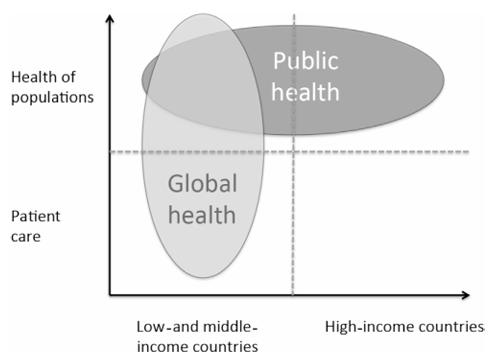

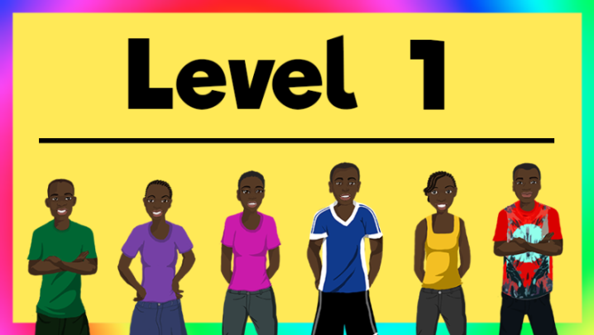
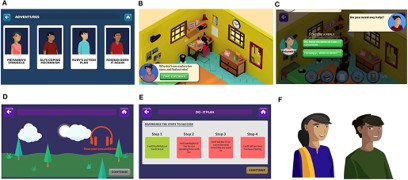
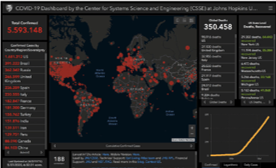

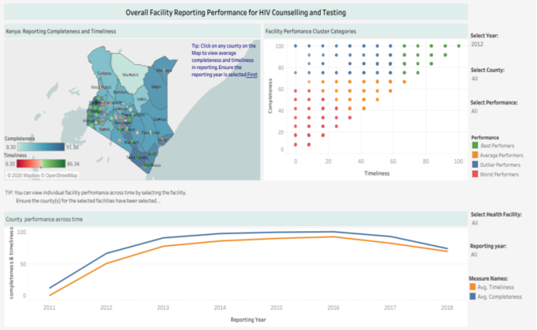
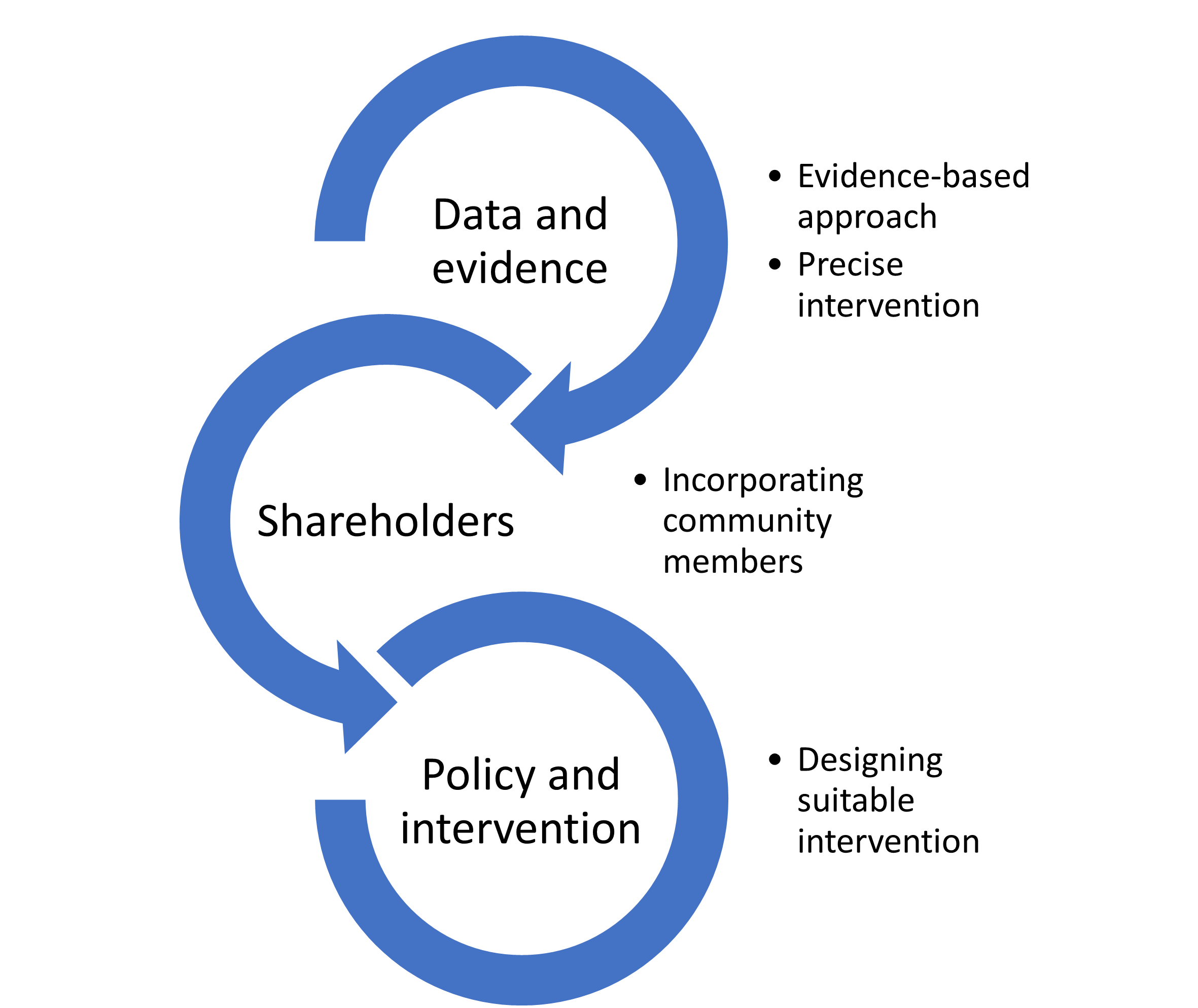
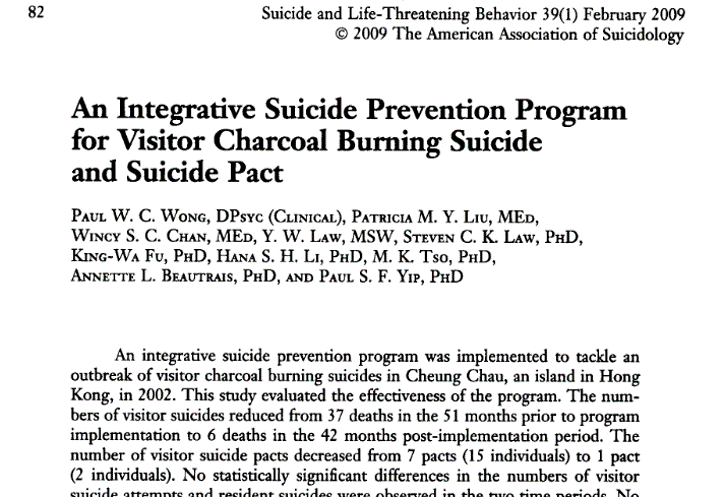
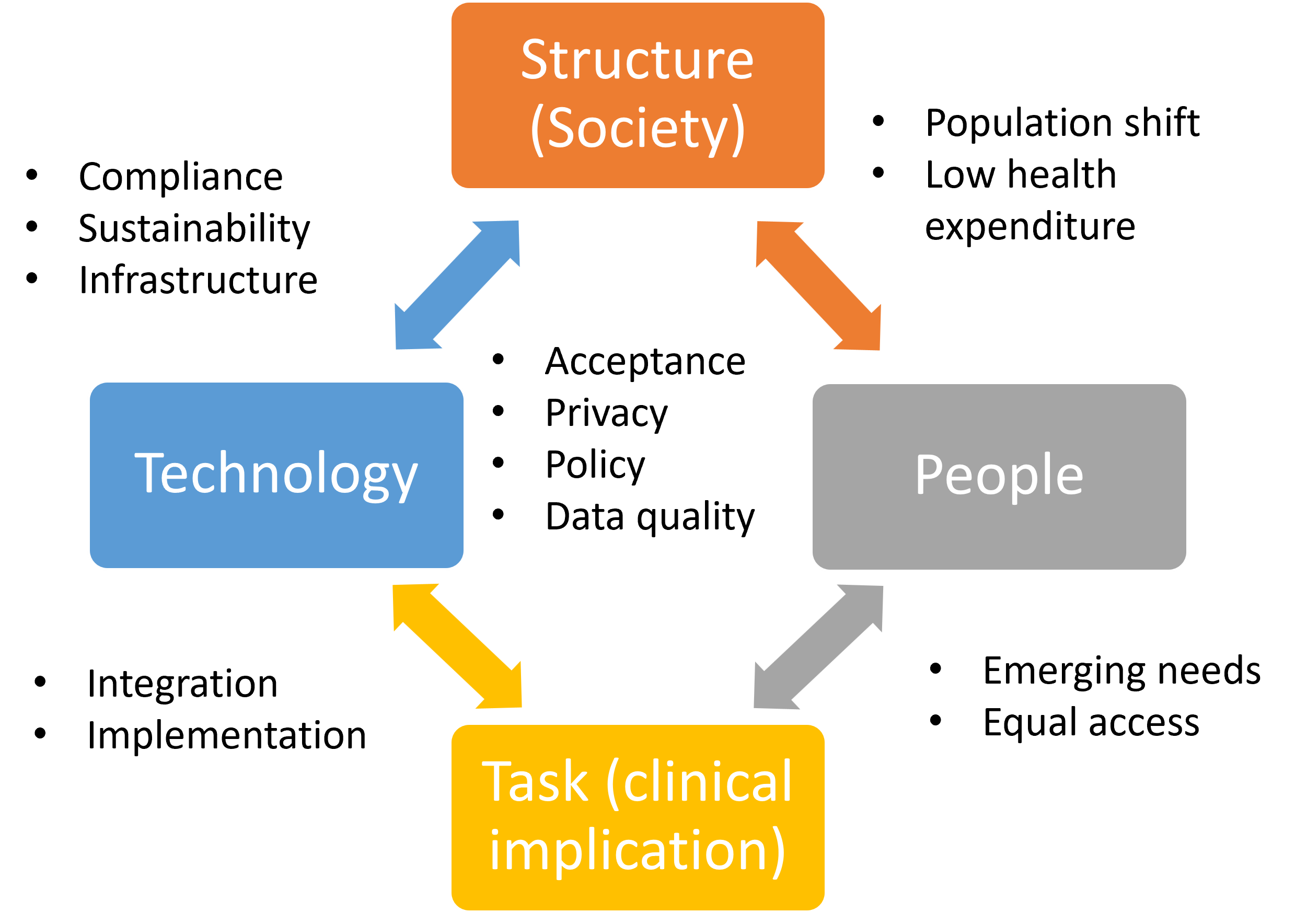
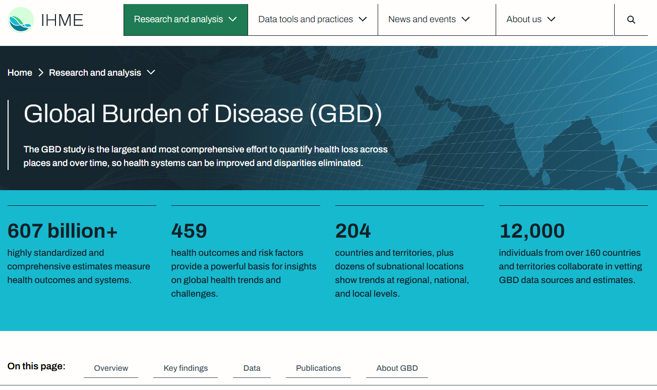
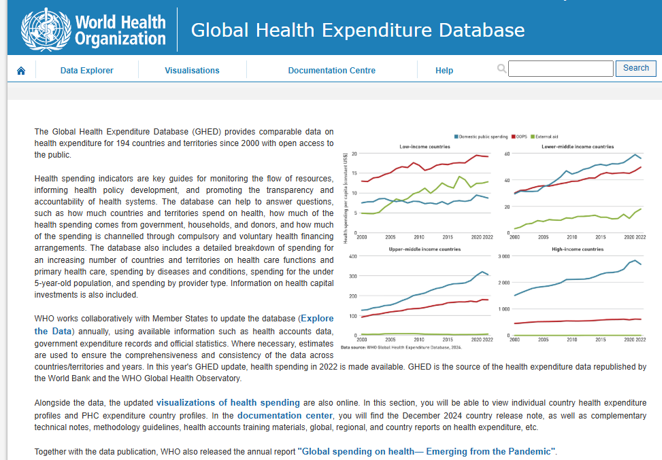
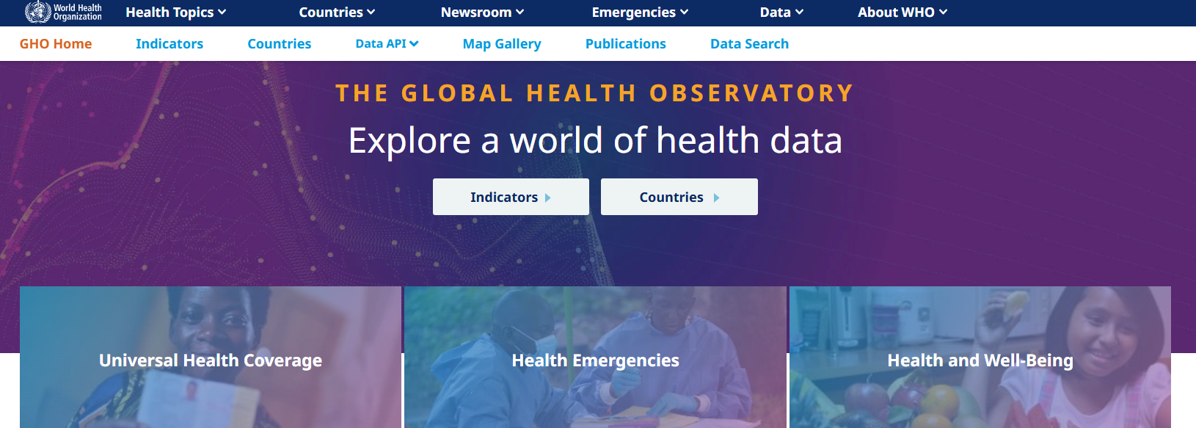
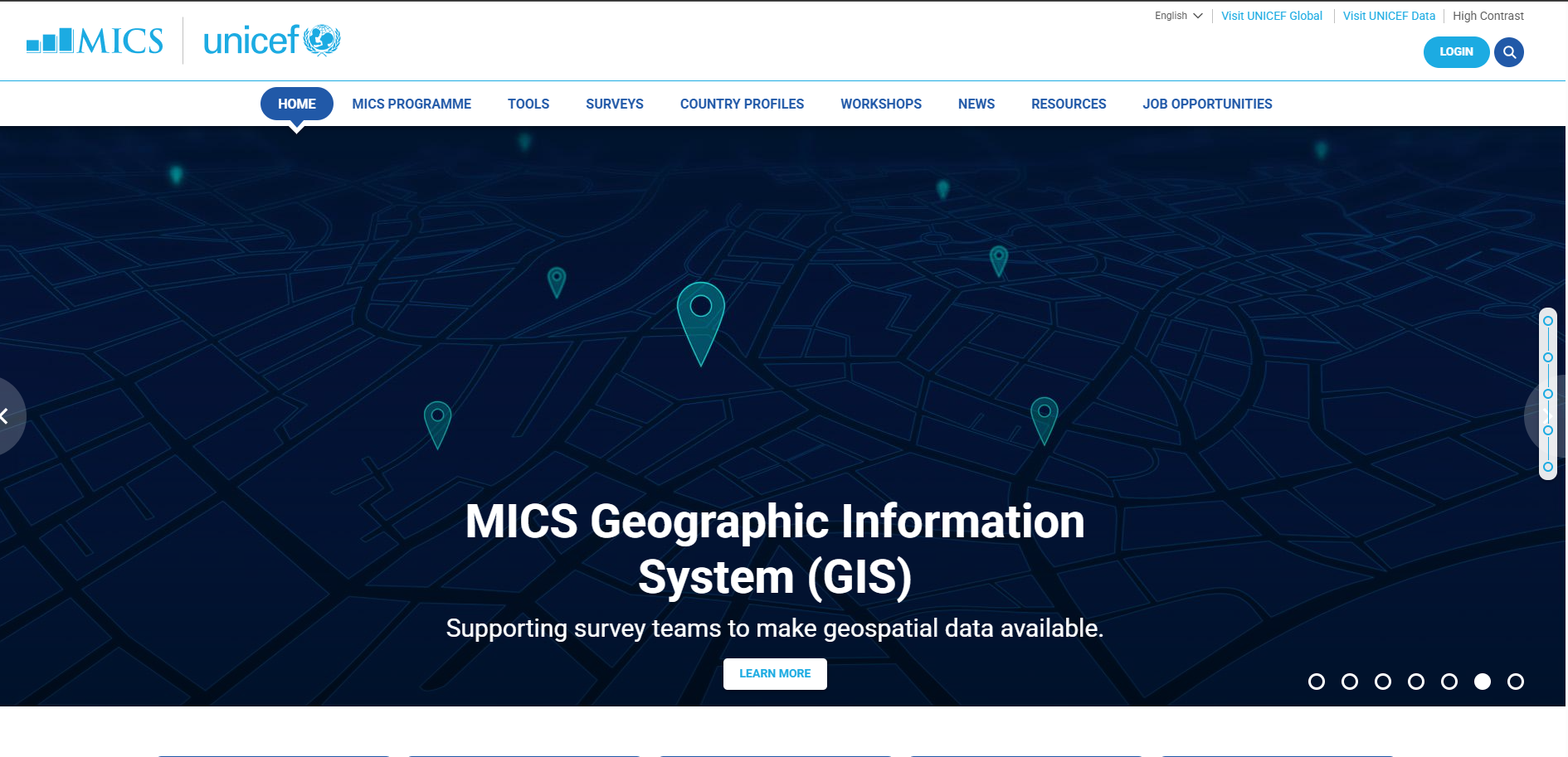
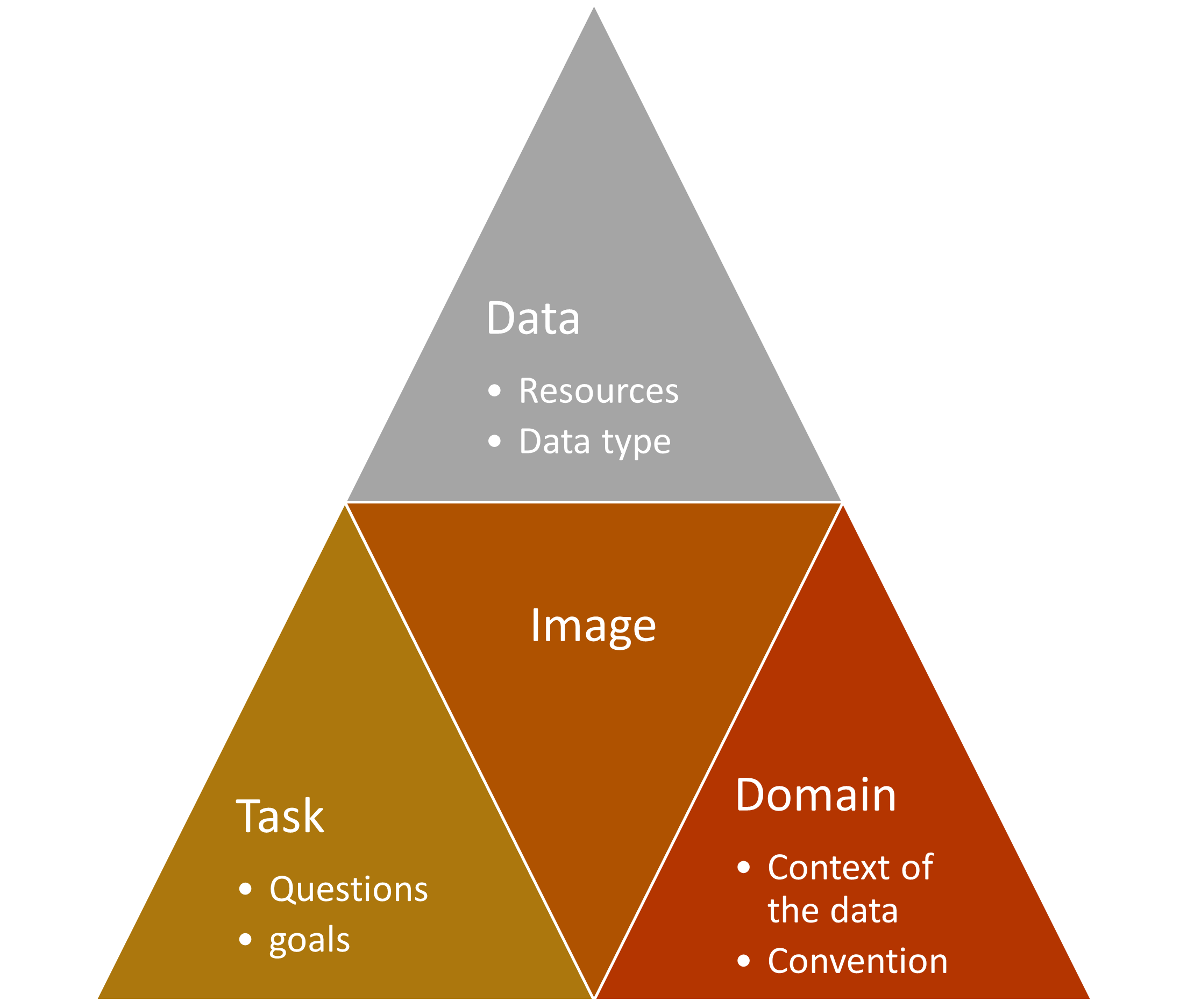
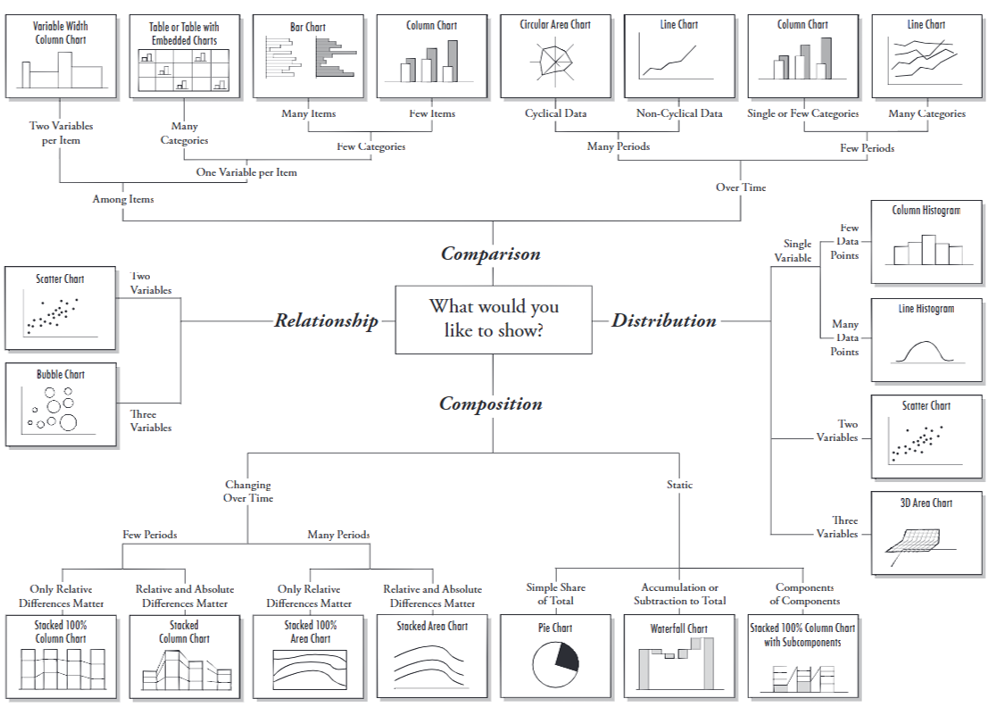
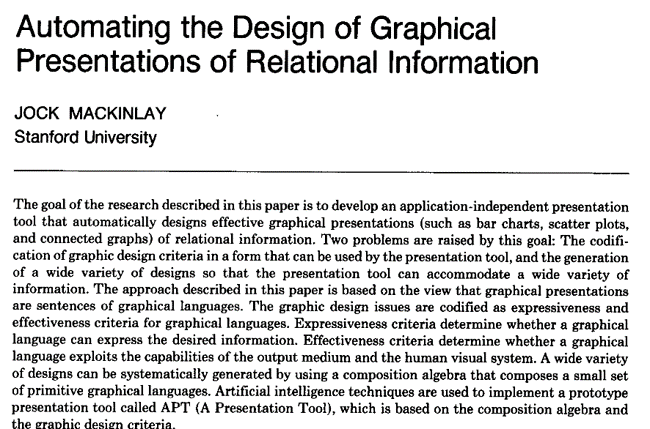
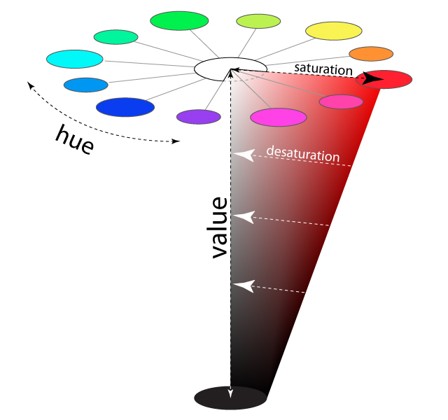

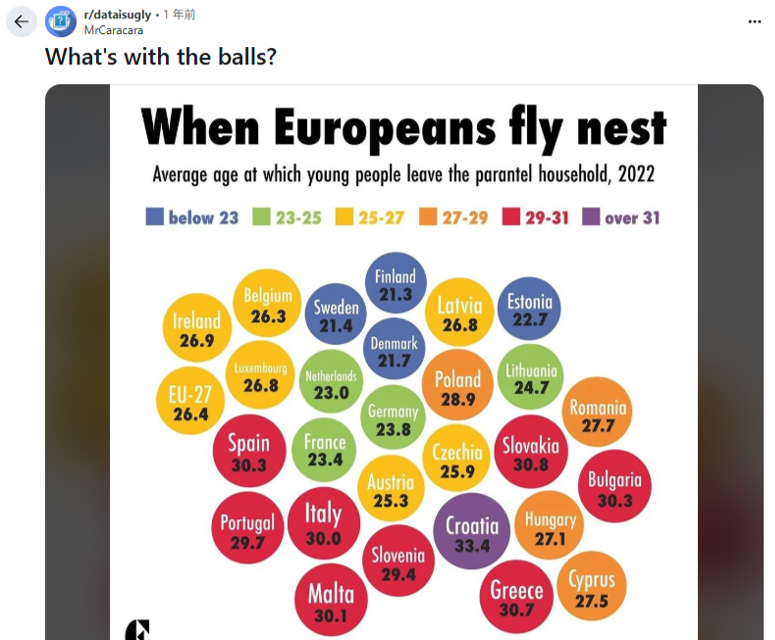
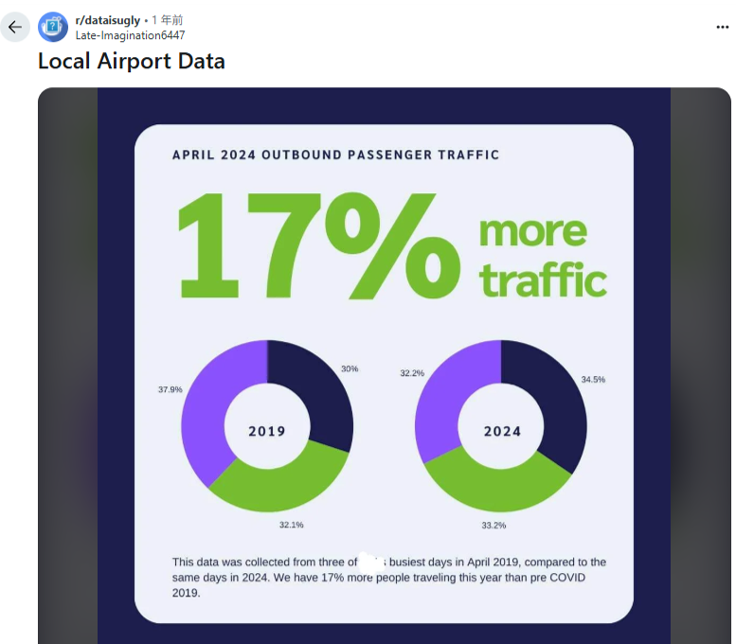
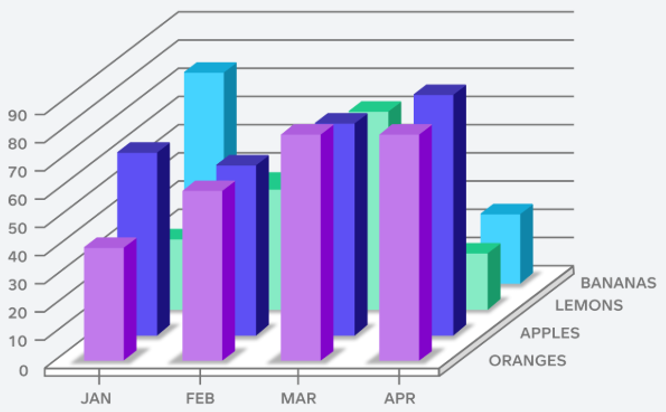
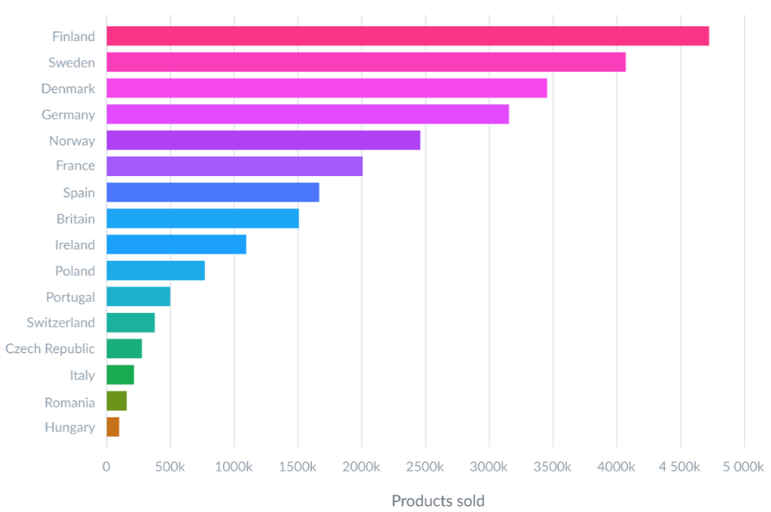

Social and cultural context consideration
Cultural context: